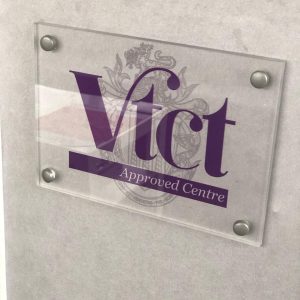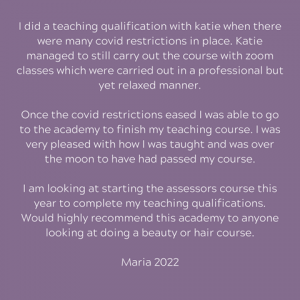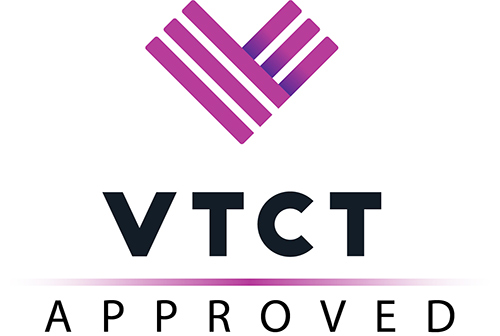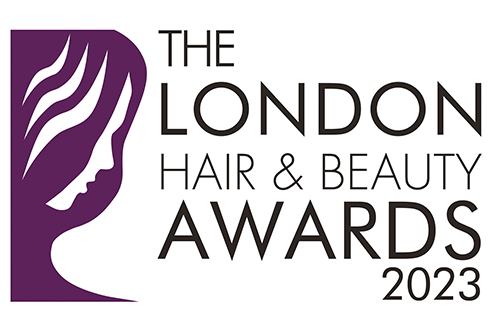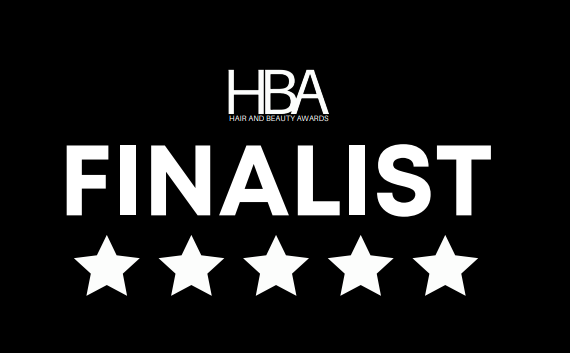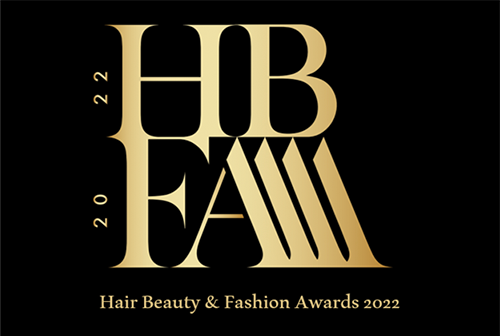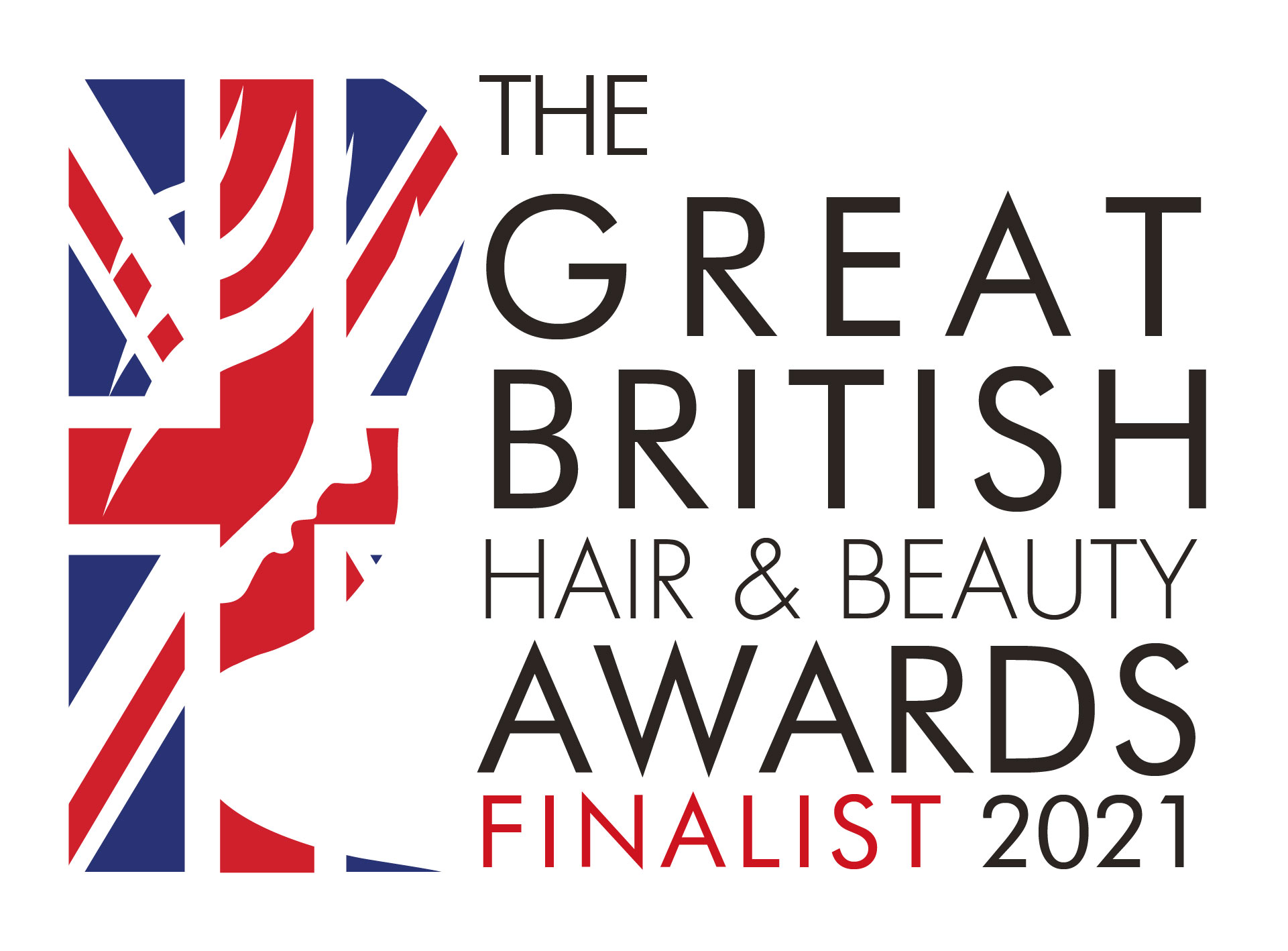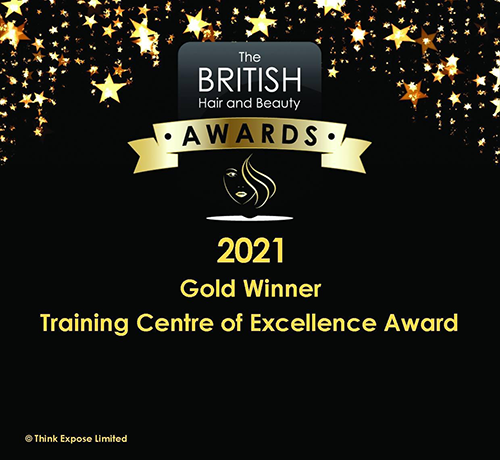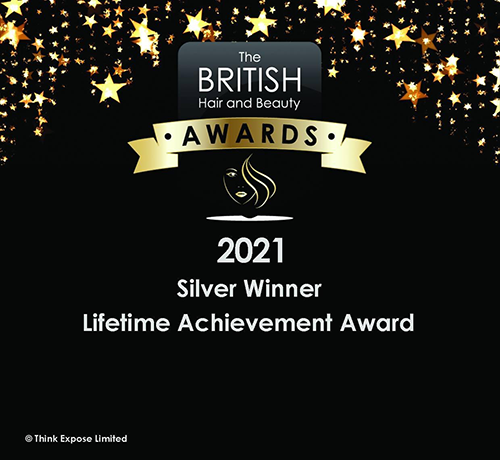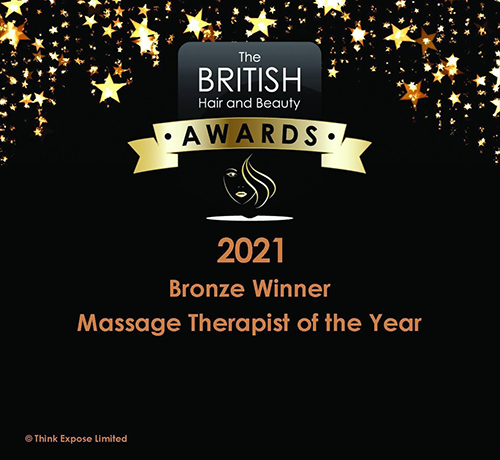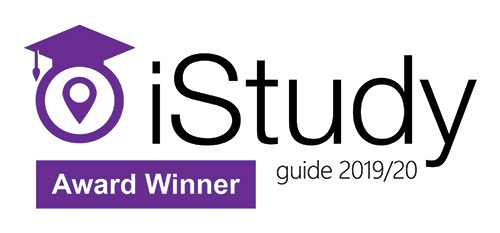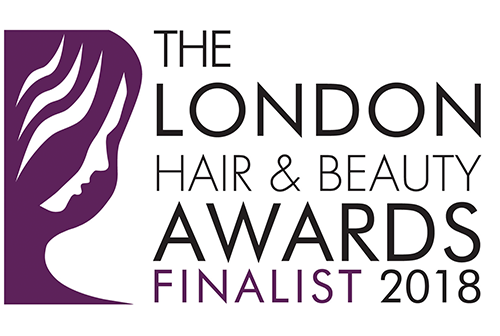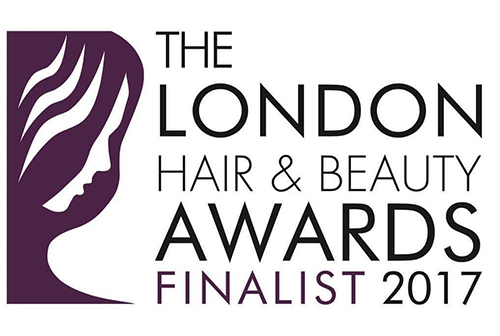Plan to prepare, or Prepare to fail – Lesson on Lesson Plans
Benjamin Franklin was correct and I think a lesson plan is just like one big giant to do list.
For every beauty lesson plan I create, I think of it as a checklist of my to do for the day. It will show how I’m going to get it across and how the information will be received by my students.
I’ll write out my lesson plan weeks or months in advance before my hair or beauty courses even take place. I even have some master copies of some of my lessons so I can amend and adjust this as required for each individual course.
As we all know, even if we have a lesson plan it may always not go too ‘plan’ but its a great guide for us to follow. I make extra little sections for my lesson plans so that I can make amendments and even retype or adjust as needed.
Three main components
Each lesson plan will have three main components:
- the aims and objectives of the day or lesson
- the activities the students and staff will be carrying out
- finally the assessment process that will be taking place during the day
Before the lesson you can work out the aims and objectives of that session. It will outline what the student would already be able to do and what they will be able to do by the end of the session. Take a look at Blooms Taxonomy for great learning objectives.
Secondly you’ll be looking at the activities students and staff will be carrying out. Ann Gravels books holds a huge list of activities including icebreakers, quizzes that you can include in your day. It will keep your students engaged, motivated and lead to great assessment opportunities.
Lastly, assessment opportunities can arise during the day but we can also add planned assessment opportunities throughout the day. These can be formative or summative assessments. If you’re following regulated or accredited courses you must mark these assessments against certain criteria. It’s great to note down if they are self assessment or peer assessment or tutor based assessment opportunities.
Feedback is an essential part to any hair or beauty assessment. Whether this is written or verbal make a note of how you are going to deliver feedback to your student. Some regulatory bodies may only allow certain assessment types to be taken place, make sure you follow these and make note of what types are required. This can be found in their logbooks.
You may also wish to look at different assessment opportunities to keep the course engaging and motivating and not come too tedious. Ann Gravels has a great list of assessment processes in her book.
Time Keeping
Create a realistic timeframe for all of your sections to your lesson plan. These can be broken down into bite-size chunks for you to be able to deliver, keep engaging all of your students but also complete the required work within a required timeframe.
At the end of your lesson plan it is essential to have a note section for you to make notes, amendments and anything you may need for the future lessons. It’s important for your lesson plans to be so clear and concise. Any tutor could pick up from where you left off and take over at any time.
If your looking at becoming a tutor in Hair or Beauty, join our industry specific teacher training course.- The VTCT Level 3 Award in Education
Join our exclusive Facebook group for past and present students.
